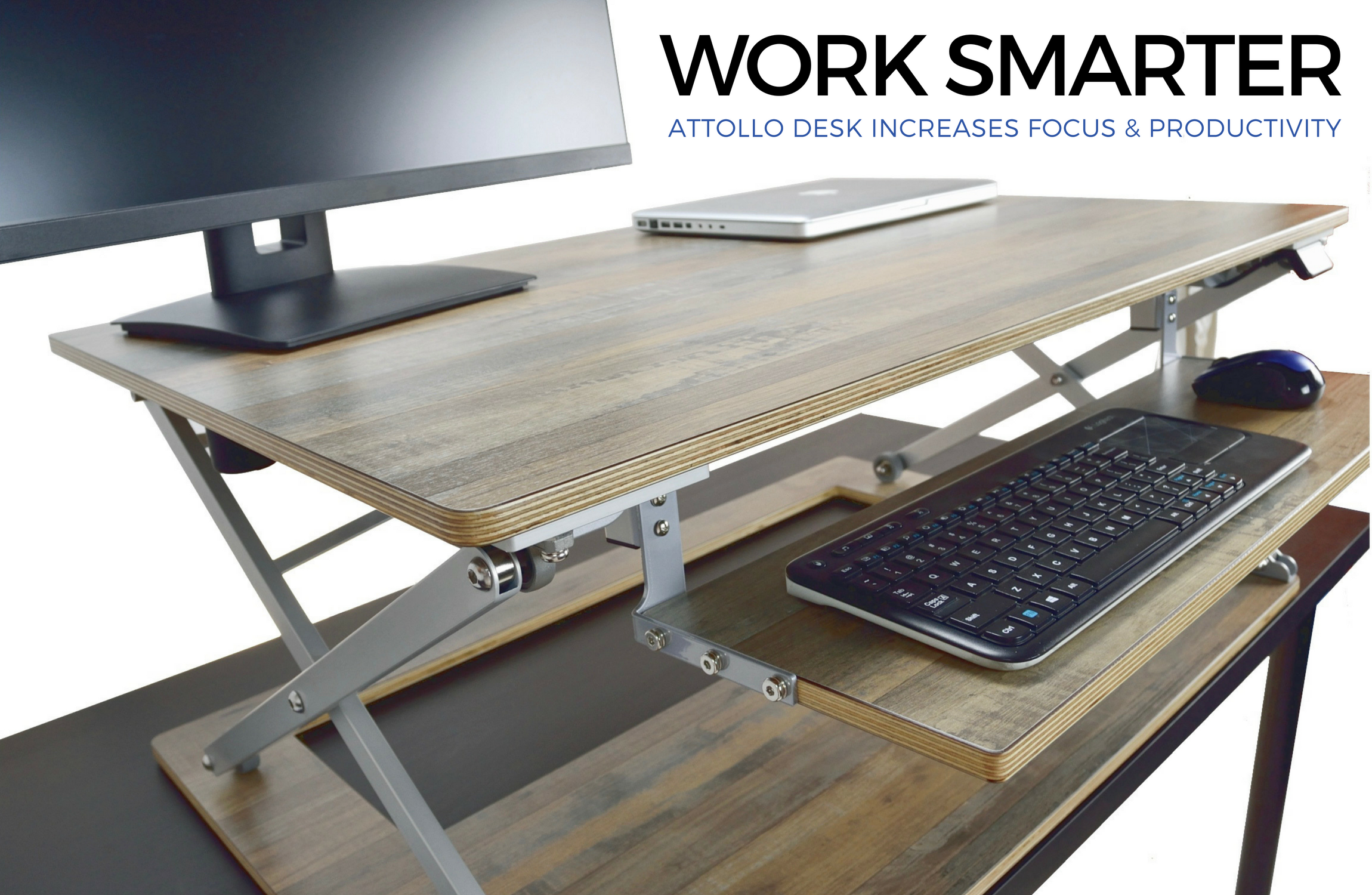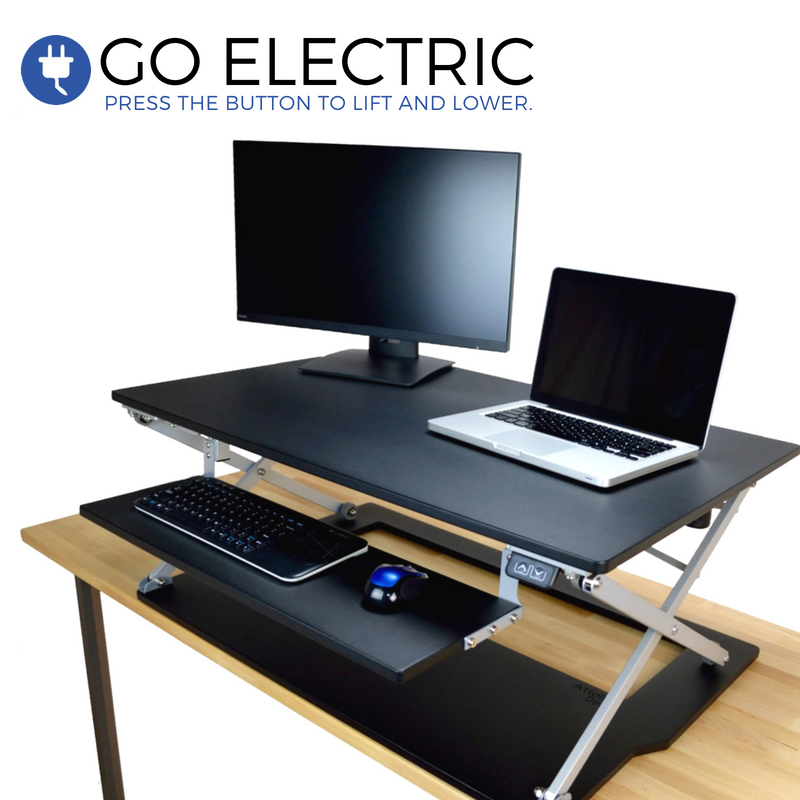
We’ve said it before and we’ll say it again, home restoration and insurance claims are time-consuming. The work seems almost never ending most of the time, and it can get complicated and stressful trying to get everything done.
More often than not, we stretch ourselves too thin; we plan too many tasks for each day and end up overwhelmed and frustrated. When there are so many things that need to get done, it is easy to look at it and think “Yeah, I can do that all today,” but in reality we have a tendency to overestimate our abilities and overestimate what we can actually accomplish in a day.
What you can do in a day is very dependent on you, how you do your work, and what tasks you have to complete; be it running around to inspections and appointments with homeowners or spending the day in the office cranking out estimates and invoices, you know how much you can get done. Most people like to think that they can get more done than they really can. They don’t account for traffic, computer updates, client phone calls, and whatever else takes you away from your to-do list.
Learning how to factor in all those problems and potential set-backs into your day is how you start to truly manage your expectations, and realize what you can accomplish in one day. If your day is filled with appointments, you allocate the hour for each appointment, but you also allocate drive time, or if you know a customer is difficult you allocate additional time for their inspection. Planning for the likely hindrances means that you are more likely to accomplish all tasks you set for the day, and you may still have time for additional things.
When you set too many things to be completed in one day, you feel like you didn’t accomplish anything at the end of the day; if the list is only half checked off, it looks like a failure and that is what people tend to dwell on. Even though you accomplished a lot and did what needed to be done, if you over-booked yourself, it seems like you didn’t accomplish enough and you add more stress to yourself. Setting a reasonable number of tasks for each day makes it easier to check all of them off, and feel like you did accomplish everything you set out to do, which will reduce some of the stress and make your workload feel more manageable.
It can be hard to switch to a system where you are appearing to do less in a day, so setting routines for managing your time can make it feel right. Try sitting down either the night before or first thing in the morning, and writing down the tasks that need to get done that day. If there seem like a lot, see what can be pushed, if it seems like not enough finish them first and if you have more time, do more then. This can also be done for the week if your schedule and tasks are not likely to change. Sit down and plan out each day; be realistic in what you know can be accomplished, and don’t stray from your plan as the week plays out. If things come up add them, or push them to a later date; you manage these tasks, so doing them in the most efficient way for you is going to make your life a lot less stressful and, hopefully, seem a lot less complicated.





